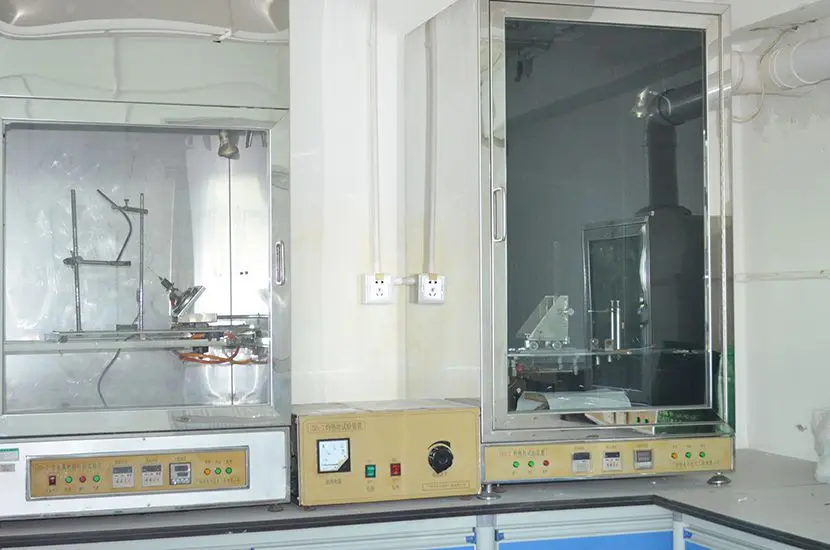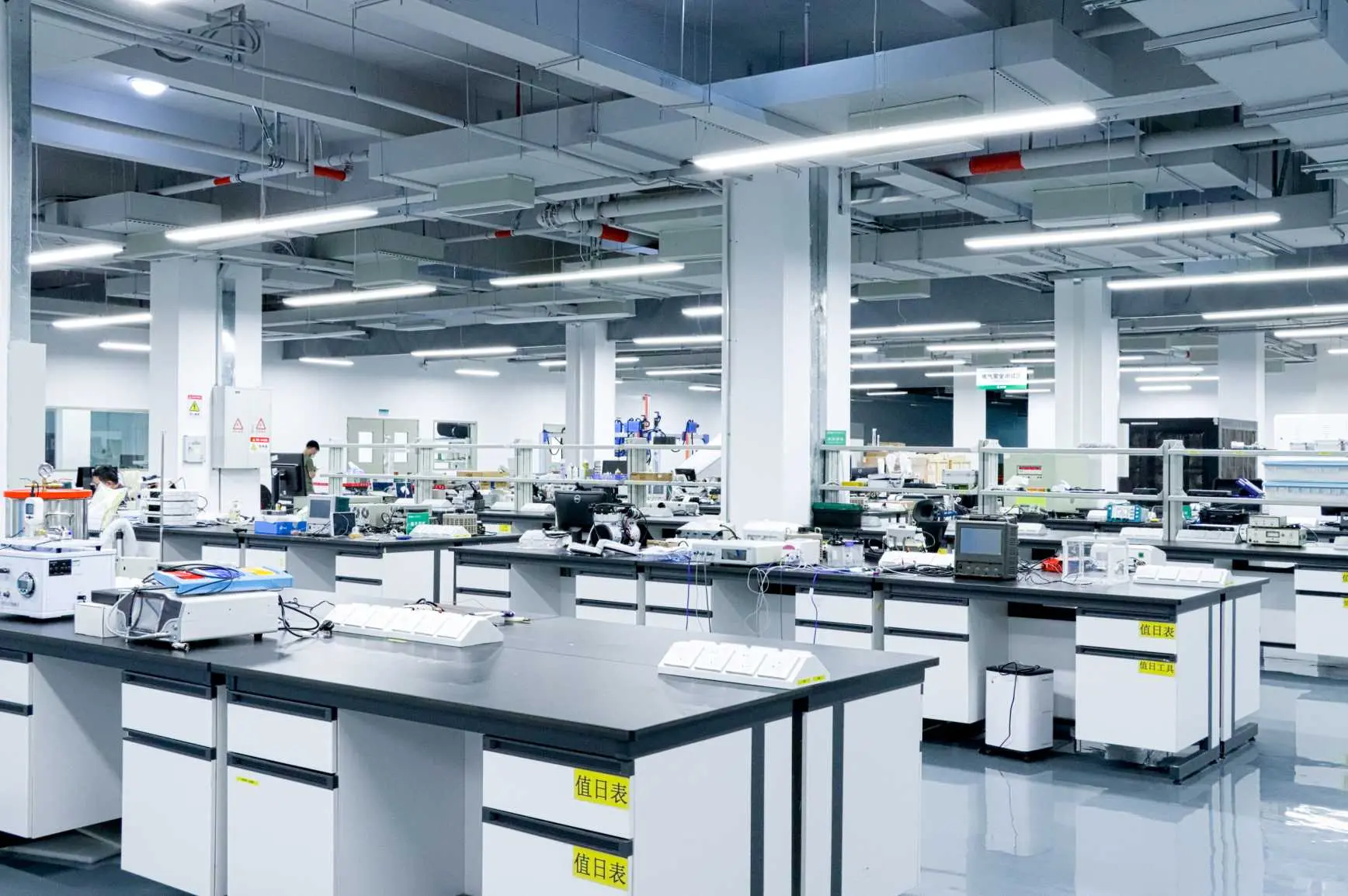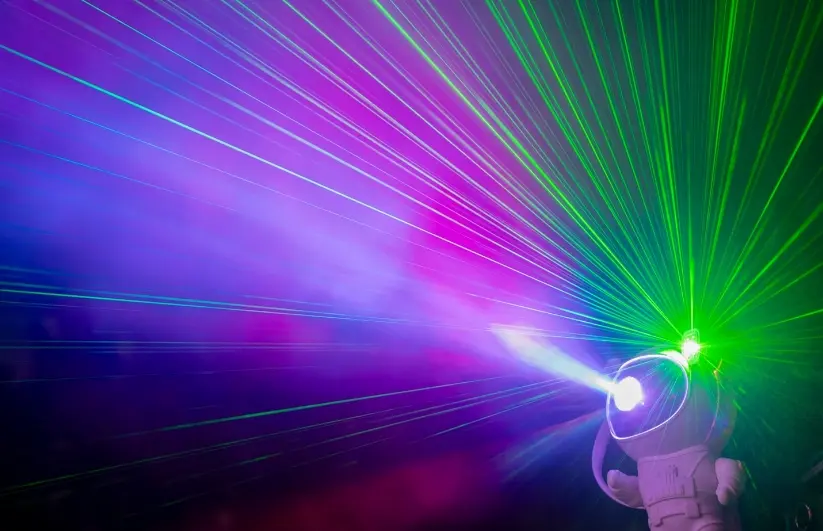
How to Get CEC Certification in the U.S.?
Introduction to CEC Certification
CEC certification is a set of appliance energy efficiency regulations (Appliance Efficiency Regulation) implemented by the California Energy Commission (CEC) on December 30, 2005. The goal of this regulation is to improve the efficiency of electrical products, save energy, reduce gas emissions, and mitigate the greenhouse effect. The regulation requires electrical products sold in California to comply with the energy efficiency standards. These standards specify energy efficiency indicators, testing methods, and phased implementation plans for 58 categories of electrical products. According to the regulation, electrical products must be tested by a qualified laboratory in accordance with the relevant U.S. regulations or standards. Only after passing the tests can the products be sold in California.
Common CEC Certification Standards
- External Power Supplies (EPS): CEC Title 20, 10 CFR 430, Subpart B, Appendix Z.
- Battery Charging Systems: CEC Title 20, BCS 10 CFR 430, Subpart B, Appendix Y.
CEC Certification Test Items
1. Input current
2. Input power
3. Output voltage
4. Output current
5. Output power
6. No-load voltage
7. Power factor
8. Total Harmonic Distortion (THD), among other parameters.
CEC Certification Process
1. The applicant provides product data and images to Anmag Testing.
2. Based on the provided information, the testing standards and items are determined, and a quotation is provided to the applicant.
3. Sample Testing: The product is tested according to CEC certification standards.
4. Report Issuance: A test report is issued by the qualified testing laboratory after the product passes the tests.
5. CEC Registration: The product data and test results are submitted for CEC registration.
Documentation Required for CEC Certification
1. Product Name: Provide the full name of the product.
2. Product Model: List all product models, types, or category numbers that need testing.
3. Intended Use: Specify the intended use of the product, such as for home, office, factory, mine, ship, etc.
4. Bill of Materials: List all components of the product, including model numbers (or category numbers), ratings, and manufacturers’ names. For insulation materials, provide the names of the raw materials used.
5. Electrical Performance: For electronic and electrical products, provide circuit diagrams and electrical performance tables.
6. Structural Diagrams: For most products, provide structural diagrams, exploded views, bill of materials, etc.
7. Product Photos: Provide product images, user manuals, safety instructions, or installation guides.
CEC Certification Agencies
As an authorized agent for the U.S. CEC certification, China’s JJR Laboratory is a UL/A2LA, CNAS, and CMA accredited laboratory. We have a fully equipped testing laboratory, advanced testing facilities, and experienced engineers. We are capable of providing comprehensive, one-stop testing and certification solutions for customers seeking certifications in various countries. CEC efficiency engineers guide the entire certification process to ensure your product can confidently be marketed worldwide.
Email:hello@jjrlab.com
Write your message here and send it to us
 Most Reliable Medical Device Test Lab
Most Reliable Medical Device Test Lab
 How to Obtain a Cosmetic Product Safety Report
How to Obtain a Cosmetic Product Safety Report
 US and EU Cosmetics Compliance
US and EU Cosmetics Compliance
 How to Obtain SDS Sheets Certification
How to Obtain SDS Sheets Certification
 Personal Care Products MSDS
Personal Care Products MSDS
 Approval for UL 1727 Introduction
Approval for UL 1727 Introduction
 Candle Label Requirements United States
Candle Label Requirements United States
 Laser Product Qualification Consultants
Laser Product Qualification Consultants
Leave us a message
24-hour online customer service at any time to respond, so that you worry!




